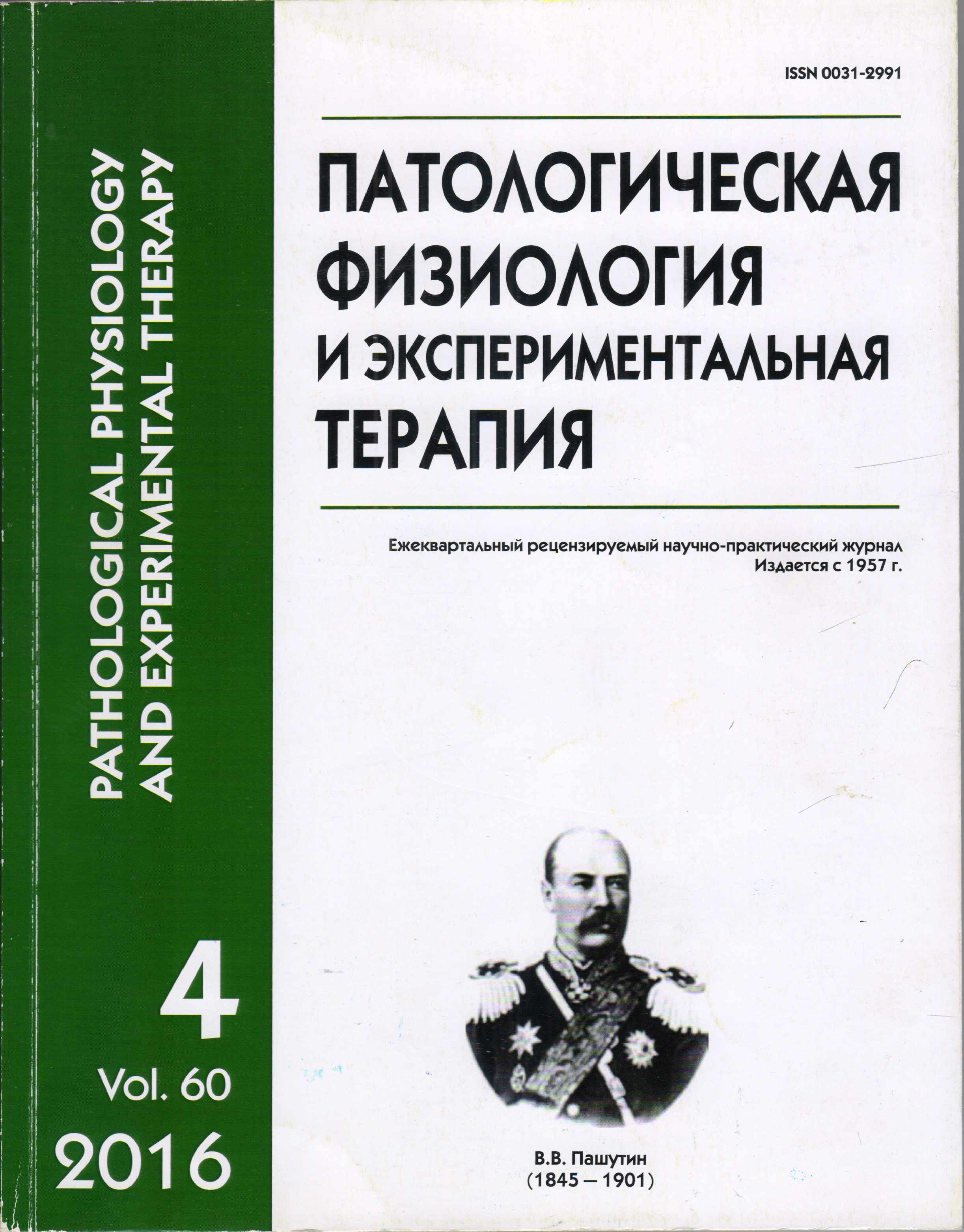Mitochondria and inflammation
Abstract
Endosymbiotic theory of mitochondrial origin contributed to research the role of mitochondria in the immune system activation, inflammation and the pathogenesis of inflammatory diseases. Factors that are referred to as mitochondrial damage-associated molecular patterns (mtDAMPs) are one of a number of DAMPs, which are an endogenous molecules that activates an inflammatory response in case of cell damage or death. Activation of the immune system cells via mtDAMPS is caused by mitochondrial N-formyl peptides, mitochondrial cardiolipnin, ATP, mitochondrial DNA (mtDNA) and reactive oxygen species (mROS). In mitochondrial dysfunction, mtDAMPs release within the cell contributes to the recognition of the cell by pattern recognition receptors (PRRs) of innate immunity. Mitochondria are able to perceive signals of inflammation initiating danger by activating and managing the innate immune system. This review provides the information on the relationship of the immune signaling receptors (Toll-like receptors (TLR); RIG-1-like receptors (RLR); NOD-like receptors (NLR)) with mitochondrial functions and describes the role of mitochondria in the initiation and development of inflammation.






